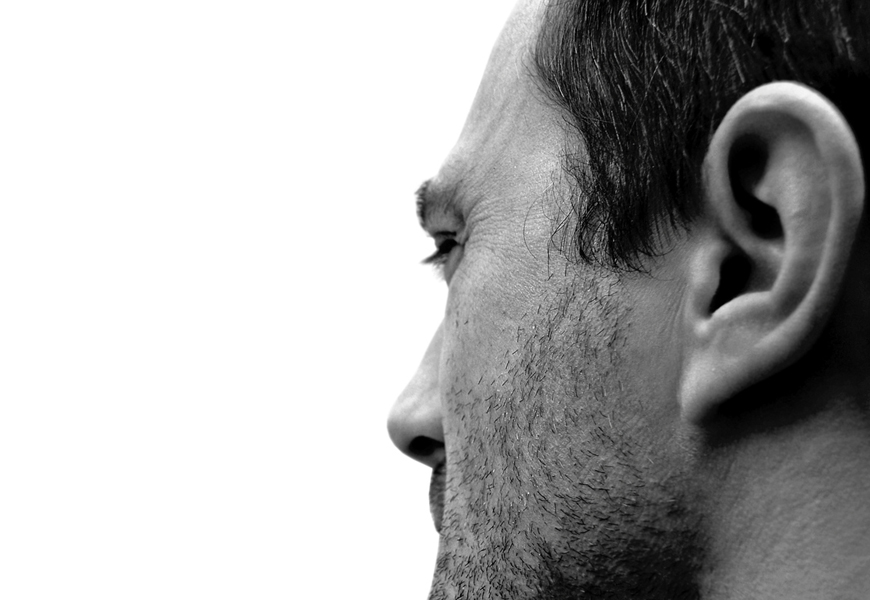While many body parts become saggier with the passing of time, there’s one body part that unfortunately often seems to get bigger as we age — our ears…
Have you ever noticed that as people age, their ears tend to appear larger? It’s a phenomenon that many individuals observe but may not fully understand. While the ears themselves do not actually grow in size, there are several factors that contribute to the perception of larger ears as people get older.
Here’s a look at what happens and what causes this visual change in ear appearance.
1. Changes in Facial Structure
One of the primary reasons why ears may appear larger as you age is due to changes in your facial structure. Over time, the human face undergoes various transformations, including a loss of fat and changes in the distribution of facial tissue. As people age, they often experience a decrease in facial volume, particularly in the cheeks and around the eyes. This shift in facial fat distribution can make the ears seem relatively more prominent, leading to the perception of larger ears.
2. Ear Cartilage Changes
The cartilage in our ears plays a crucial role in their shape and appearance. As we age, the cartilage in our ears can undergo changes that affect their overall shape and position. Cartilage can become less firm and may sag slightly, causing the ears to droop or appear larger. Additionally, the earlobes can elongate with age due to a combination of factors, such as the effects of gravity and the gradual stretching of the earlobe tissue.
3. Loss of Skin Elasticity
Another contributing factor to the perception of larger ears as people age is the loss of skin elasticity. Skin naturally loses its ability to bounce back and retain its youthful tightness over time. As the skin around the ears becomes less elastic, it may not conform as closely to the underlying structures of the ear, making the ears appear more prominent.
4. Hair Changes
Hair can also influence the perception of ear size. As people age, they may experience changes in hair growth patterns, especially around the ears. Thinning hair or receding hairlines can expose more of the ear’s surface, making them appear larger in comparison.
5. Gravity’s Effects
Gravity is a constant force that acts on our bodies throughout our lives. Over time, the effects of gravity can cause tissues to sag, including the tissues around the ears. This sagging can lead to ears appearing larger as they droop slightly downward.
6. Personal Perception
It’s important to note that the perception of ear size can be highly subjective and may vary from person to person. Factors like hairstyle, clothing choices, and individual perceptions of attractiveness can influence how we perceive the size of someone’s ears. In some cases, people may become more self-conscious about their appearance as they age, which can make them more sensitive to changes in their facial features, including their ears.
![]()
While your ears do not actually grow larger as you age, several factors contribute to the perception of larger ears. Changes in facial structure, ear cartilage, skin elasticity, hair, and the effects of gravity all play a role in this phenomenon. It’s important to remember that these changes are a natural part of the aging process and are not necessarily something to be concerned about. If you have specific concerns about the appearance of your ears, consulting with a medical professional or a plastic surgeon can provide you with options and guidance for addressing them. Ultimately, the perception of ear size is subjective, and what matters most is how you feel about your appearance as you age.












